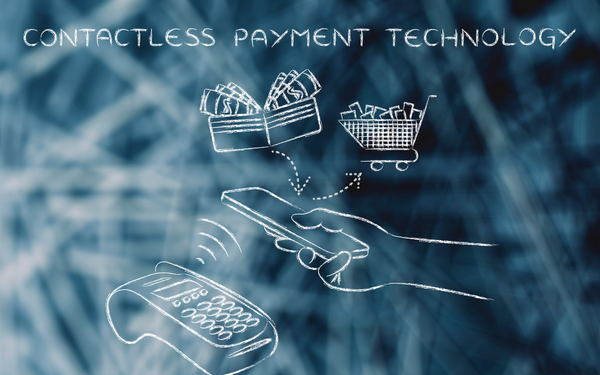Like home working, contactless retail was a trend that gathered huge momentum during the COVID-19 pandemic, but even with the pandemic fading into memory, contactless shows no signs of following suit.
When retail and hospitality venues were allowed to re-open after the initial wave of COVID-19, contactless service options were an expedient way to comply with social distancing measures and limit person-to-person transmission of the virus.
But if anything, contactless has grown in popularity even after infection control has ceased to be a primary concern. Why? Because contactless options also happen to be fast, convenient, and customer friendly.
Here are three solutions for introducing contactless in your store to give your customers those benefits in the post-COVID age.
Contactless payments
Say the word ‘contactless’ and the first thing most people will think about is tap-and-go transactions using their bank card or mobile wallet on their mobile phone.
69% of consumers say they find contactless transactions easier than other payment methods. From a vendor’s perspective, this is an easy win. Contactless payment options are easy to add to your existing POS. According to Visa, 75% of POS transactions already take place on contactless-enabled terminals.
Payment platform integration is a standard feature of POS software these days. As for hardware, just make sure any contactless reader you choose is NFC enabled so it supports the most contactless options possible, including mobile wallets.
Self-service checkouts
Kiosks are another increasingly familiar contactless option in stores and beyond. Like contactless payments, consumers just love self-service. 80% of people say they choose self-service kiosks when available because they provide a faster checkout experience.
Kiosks are a ‘contactless’ solution in the sense that they reduce the amount of contact needed between customers and sales clerks. Some store owners might say, hey, hang on a minute, I want my people talking to customers, that’s how we provide great service and drive sales. But it’s all about quality.
Kiosks take away the imperative for staff to carry out simple, mundane tasks that quite frankly customers can do for themselves. And, more importantly, that they like doing for themselves, such as ringing through purchases and making payments. You don’t need people doing these things for you, and actually, adding in someone else just takes more time.
Kiosks empower customers to have more control over their shopping journeys. They also move people through POS faster, cutting wait times. And they free up staff to focus on delivering that great, value-added service that makes all the difference to your business.
Buy online, pick-up in store (BOPIS)
Finally, continuing the theme of providing more flexibility to customers, BOPIS options are the perfect way to start aligning your ecommerce and in-store operations. BOPIS became defined as a ‘contactless’ vending option during the pandemic through things like curbside pick-up, which would allow customers to purchase and get their goods without having to physically step into a store.
Outside the pandemic context, as with kiosks, the big appeal of BOPIS to consumers is independence and convenience. They get all the flexibility of being able to order online as and when they choose, but then instead of having to wait on delivery, they can pick up their items at a time convenient to them.




